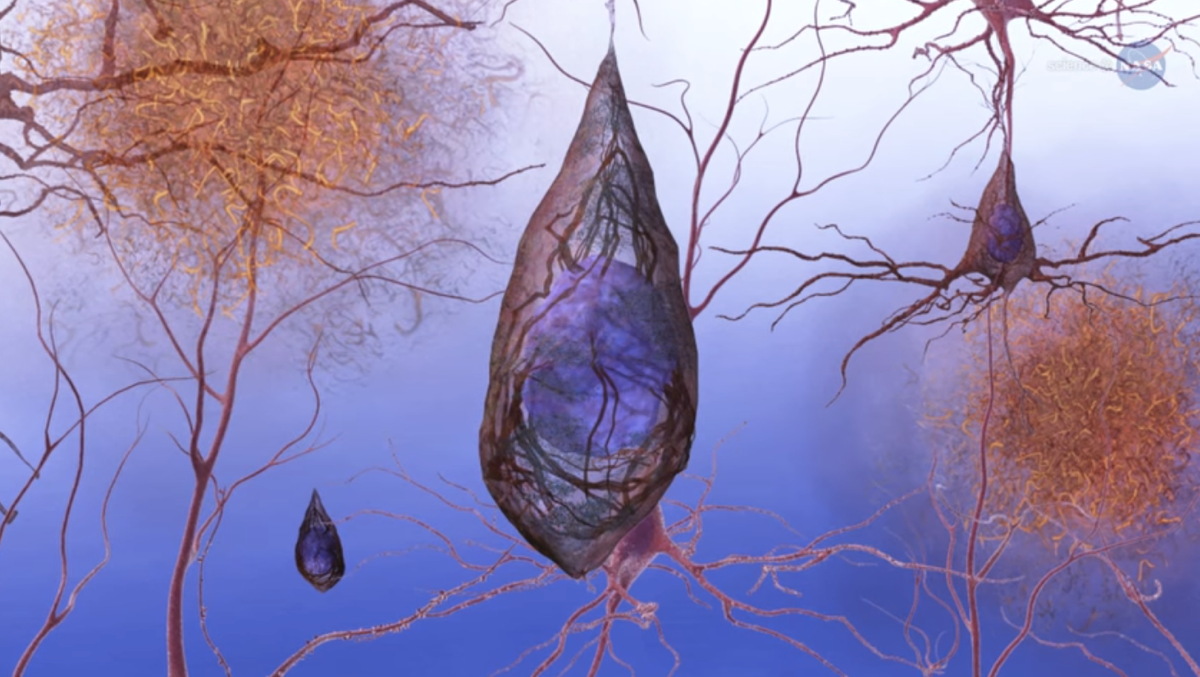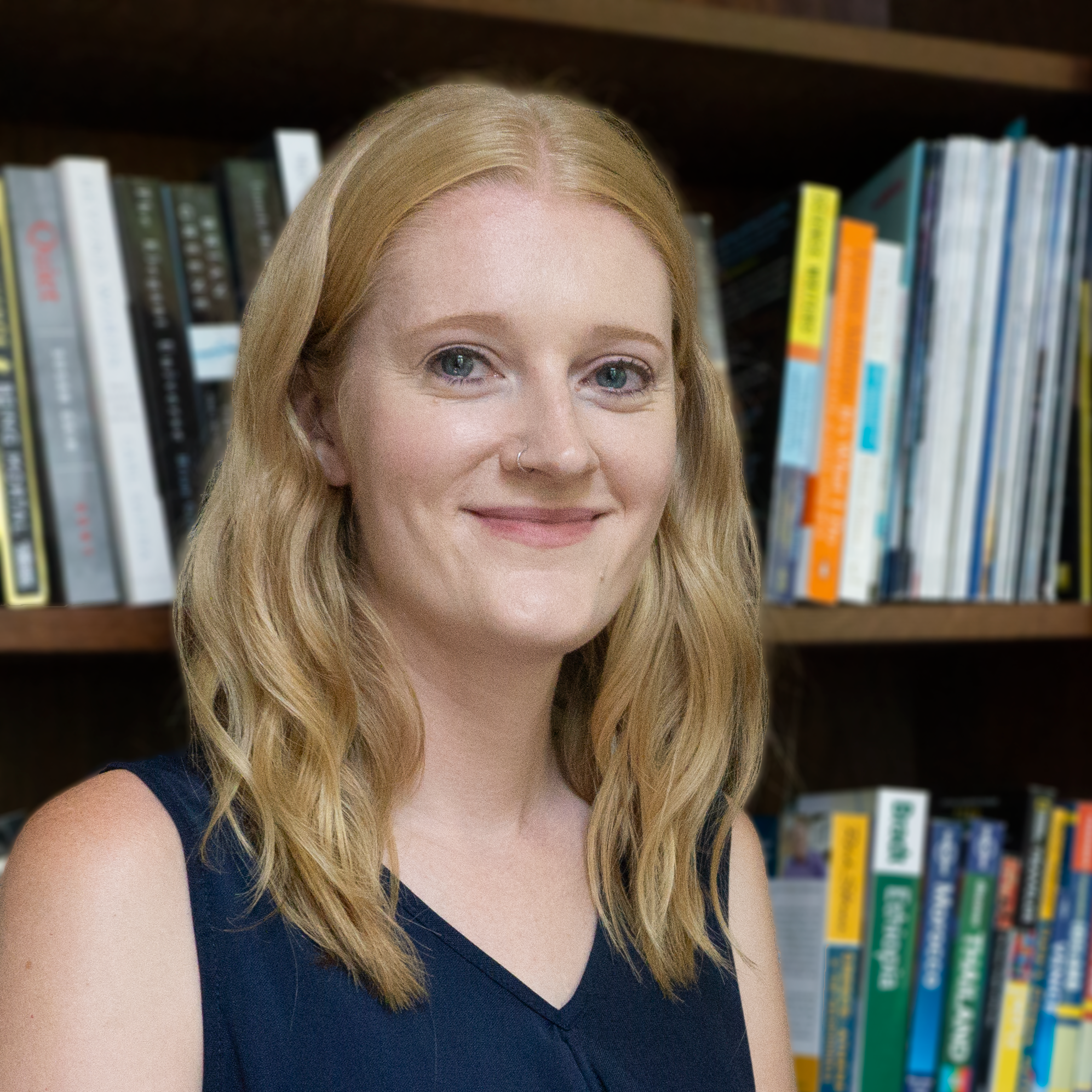Space Experiment Hunts for Key to Alzheimer's Disease in Weightlessness
The International Space Station now plays host to an experiment that could help scientists unlock the mysteries of Alzheimer's disease.
The devastating disease — a type of dementia that affects memory — currently plagues more than 5 million people in the United States alone. It's a number so great that a new diagnosis is made every 67 seconds. But before scientists can find a cure, they need to better understand the origins of the disease in detail.
Alzheimer's likely advances when certain proteins assemble themselves into long linear fibers that ultimately strangle nerve cells in the brain. In laboratories, however, these fibers collapse under their own weight before they can grow large enough to study. That's where the space station's unique position as a weight-free laboratory comes into play. [Watch a video about the Alzheimer's experiment]

A four-inch cube containing an autonomous space station experiment — better known as SABOL, or Self-Assembly in Biology and the Origin of Life — basted off to the orbiting outpost on SpaceX's cargo launch to the station in January.
"Everybody wants a cure, but without knowing the actual cause of the disease, you're basically shooting in the dark," Dan Woodard, a project consultant from NASA's Kennedy Space Center, said in a statement. "We don't understand the true mechanism of the disease. If we're lucky, then we'll find out whether proteins will aggregate in space. Only in weightlessness can you produce an environment free of convection so you can see whether they form on their own. We expect to learn incrementally from this."
In the body, these protein fibers take decades to form. But in the weightless conditions on the International Space Station, they'll likely form much quicker, scientists think. And without gravity to pull them to the bottom of the container, they're expected to grow in a way that shows how they wrap around each other to form those long fibers that wreak havoc on the brain.
Although SABOL won't directly lead to a cure, it could help researchers learn more about how to slow down the rate at which the harmful fibers grow.
Get the Space.com Newsletter
Breaking space news, the latest updates on rocket launches, skywatching events and more!
"We've got to understand why some people get these conditions and others don't," Woodard said. "There have to be chemicals or processes that hinder or encourage the growth of protein fibers. It may be something as simple as temperature or salt concentration of the fluid in the brain."
Follow Shannon Hall on Twitter @ShannonWHall. Follow us @Spacedotcom, Facebook and Google+. Original article on Space.com
Join our Space Forums to keep talking space on the latest missions, night sky and more! And if you have a news tip, correction or comment, let us know at: community@space.com.

Shannon Hall is an award-winning freelance science journalist, who specializes in writing about astronomy, geology and the environment. Her work has appeared in The New York Times, Scientific American, National Geographic, Nature, Quanta and elsewhere. A constant nomad, she has lived in a Buddhist temple in Thailand, slept under the stars in the Sahara and reported several stories aboard an icebreaker near the North Pole.









